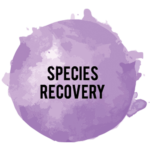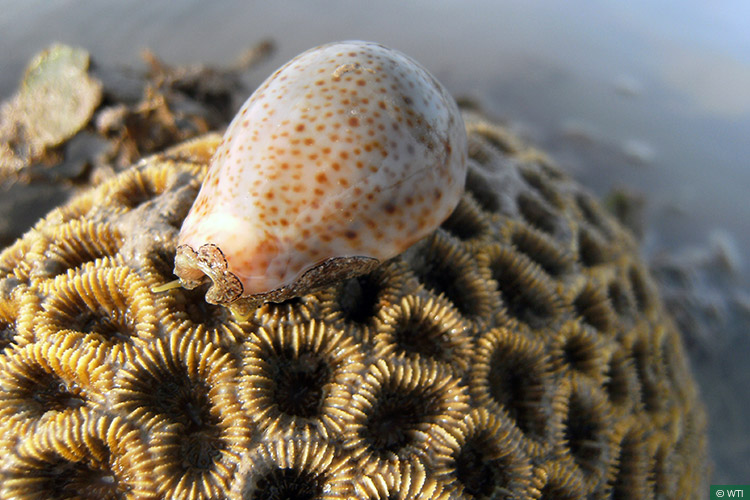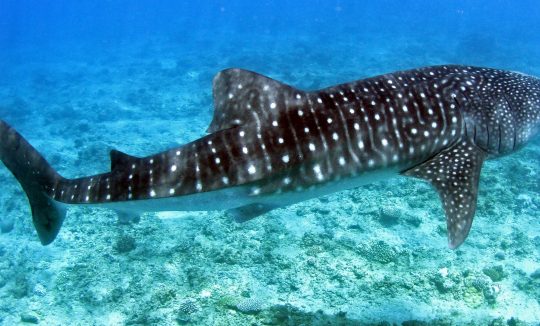Project Info
Project Description
Coral reefs, also known as the ‘Rainforests of the Sea’, are marine ecosystems that support a rich and colourful array of aquatic flora and fauna. Yet, not much information exists on the coral species found in India, their conservation status and the threats facing them.
Launched in 2008, the Mithalpur Coral Reef Recovery Project is a joint venture of WTI and the Gujarat Forest Department, supported by Tata Chemicals Limited (TCL) / C-SCAPES. It seeks to develop and implement appropriate strategies for the conservation of the Mithapur Reef, situated 12 kilometres south of the Gulf of Katch in Gujarat. The project, with initial support received from the World Land Trust, is also working on the recovery of coral reefs in Gujarat’s Marine National Park.
In Mithapur, the project envisions the creation of a model public-private managed coral ecosystem of international standards using global benchmarks to restore degraded reefs through activities including coral transplantation and natural recruitment.
Corals are sedentary colonies of soft-bodied marine animals called ‘coral polyps’. The polyps range in size from a pin-head to a foot in length. The polyps harbour unicellular flagellated photosynthetic algae called zooxanthellae, which give the corals their colour. The corals’ dependence on these algae for oxygen and nutrients confines them to shallow clear waters that allow passage of light for photosynthesis.
There are two kinds of corals: hard and soft. Hard corals (Scleractinia) such as brain, star, staghorn, elkhorn and pillar corals secrete rigid calcium carbonate exoskeletons (or corallites) that protect their soft delicate bodies, while soft corals (Gorgonians) such as sea fans, sea whips, and sea rods lack an exoskeleton.
Coral reefs are extensive networks of calcium carbonate exoskeletons of millions of corals, fused through adhesives secreted by the polyps, resulting in the formation of thin plates and layers over time. Coral reefs are found in tropical and semi-tropical waters. In India, four major coral reef ecosystems exist in the Andaman & Nicobar Islands, the Lakshadweep Islands, the Gulf of Mannar, Tamil Nadu and the Gulf of Kutch, Gujarat.
Significance of coral reef ecosystems
- Protect coastlines from harsh ocean storms and floods.
- Serve as nurseries and breeding and feeding grounds for marine wildlife.
- Provide livelihood opportunities through tourism and fishery for coastal communities. According to the National Oceanic and Atmospheric Administration (NOAA), about 500 million people worldwide are dependent on coral reefs for livelihood.
Threats
Corals are sensitive to changes in water conditions brought about by natural or man-made causes, and therefore, are good indicators of a healthy marine environment. Natural geological phenomena including cyclones, storms, hurricanes, floods and tectonic shifts, or anthropogenic activities causing pollution and global warming can have an adverse impact on corals. These cause stress to the corals leading to their bleaching and eventual death.
Corals are sensitive to changes in water conditions brought about by natural or man-made causes, and therefore, are good indicators of a healthy marine environment.
Bleaching is the whitening of corals as a result of the death or expulsion of the symbiotic algal microorganisms – zooxanthellae. This is reversible up to a certain extent, but if the corals remain without these zooxanthellae for too long, it can result in their death.
THE MANDATES OF THE PROJECT INCLUDE
- Generation of baseline data on the coral diversity and diversity of other marine life forms in Mithapur reef.
- Facilitation of the recovery of coral reefs through various kinds of interventions.
- Reintroduction of locally extinct species.
Baseline data on coral diversity and richness
To date, the project has identified at least 17 species of corals in Mithapur, including one that was declared locally extinct. Two other species have been recorded but are yet to be identified. As the baseline data collection process continues, more species may be found.
Baseline data on other marine life forms
The project has additionally identified 55 species of fish, and around 150 other species including crustaceans, shells, seaweed, six sea slugs, sea snakes, sea cucumbers, sea urchins, sea anemones and jellyfish.
Facilitation of coral reef recovery
- Facilitating development of new colonies through strategic placement of suitable substrates.
- Preventing avoidable coral damage due to human activities through awareness generation and promoting participation of local communities.
- Preventing activities such as sand mining in the shores.

To date, the project has successfully established a significant number of artificial reefs and coral garden nurseries. A total of 1,910 artificial reefs have been meticulously crafted, spanning a collective area of 4,851.4 square meters. Additionally, 57 coral garden nurseries have been established as part of this initiative.
The creation process of these artificial reefs involves stacking boulders made of limestone and/or basalt. These boulders are carefully arranged in a conical shape, with a base diameter of 1 meter and a height of 1 meter. This configuration provides an additional surface area of 2.54 square meters per reef, creating ample space for various marine species to inhabit and colonize.
Coral garden nurseries were also established to rehabilitate rescued corals found in the intertidal region, many of which were disoriented or partially damaged by fishing activities like using bamboo poles to steer boats and trampling. These boulders were carefully placed in the nurseries to allow them to recover and thrive. By the end of 2023-24, 87.2% (n=907) of the rescued boulders exhibited signs of growth, with 8.7% (n=91) remaining stable and only 0.1% (n=2) showing partial bleaching. The overall survival rate of the rescued corals after seven years in the nurseries stood at an impressive 96.15%.
Through this meticulous approach, the project aims to enhance biodiversity and promote the proliferation of marine life within the Mithapur reef ecosystem. These artificial reefs serve as vital habitats and breeding grounds, contributing to the overall health and resilience of the marine environment.
PARTNERS: Gujarat Forest Department, Tata Chemicals Ltd., C-SCAPES
PROJECT LEAD: B M Praveen Kumar













